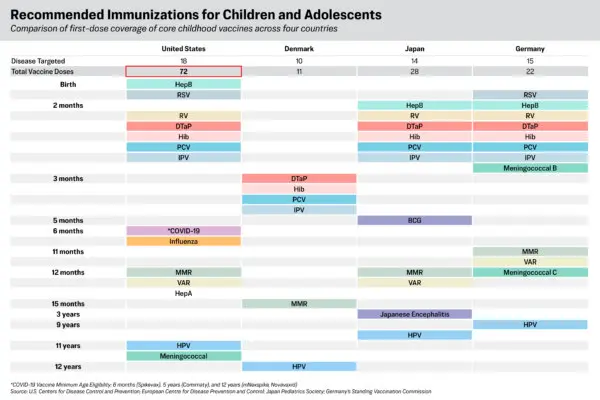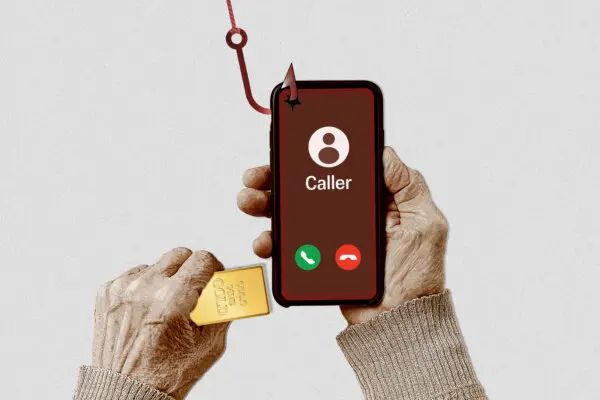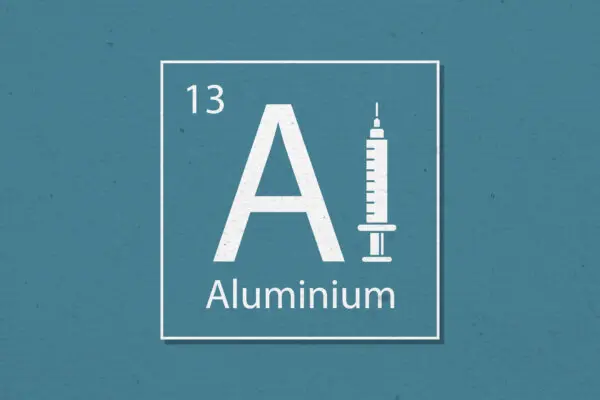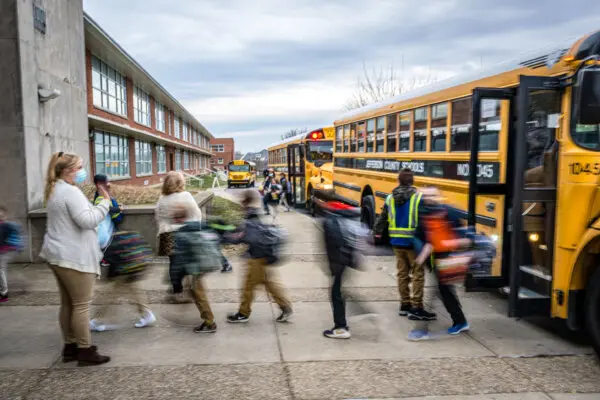Mississippi ranked 49th in the United States for elementary school literacy 10 years ago, when fourth graders were essentially an entire grade level behind the rest of the nation.
Fast-forward a decade and 85 percent of third graders in the Magnolia State passed the state reading assessment test in 2023, moving Mississippi up to No. 21 and showing the fastest growth in the country in reading comprehension, despite having one of the lowest per-pupil expenditure rates.










